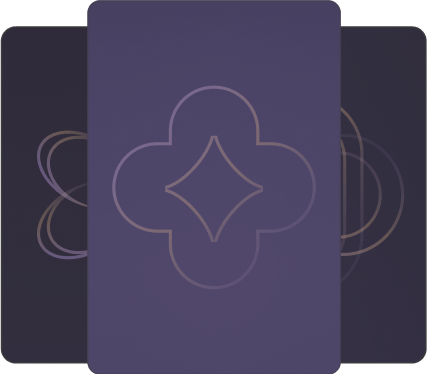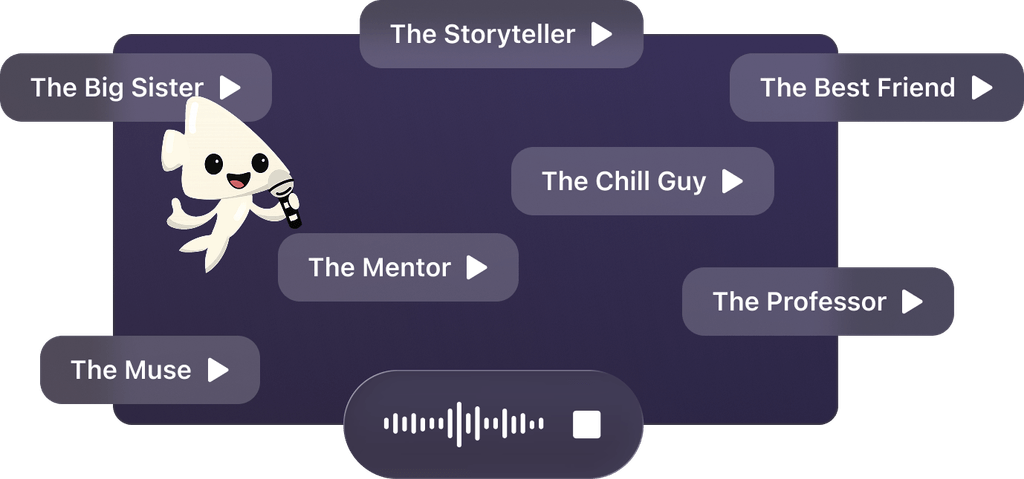
Surrounded by Idiots by Thomas Erikson Summary
Decode the four color-coded personalities transforming workplace communication in Thomas Erikson's global phenomenon, translated into 40+ languages. Discover why corporations like Microsoft and Coca-Cola use this system to navigate difficult colleagues and turn communication breakdowns into breakthroughs.
About the author
Thomas Erikson is the internationally bestselling author of Surrounded by Idiots and a renowned behaviorist specializing in communication dynamics and human psychology. A Swedish thought leader in organizational behavior, his self-help/business psychology books distill decades of research into accessible frameworks for understanding interpersonal relationships.
Blending behavioral science with real-world applications, his work explores personality types, conflict resolution, and leadership strategies, particularly through his popular DISC model (Red, Yellow, Green, Blue) framework. Erikson’s Surrounded by series—including Surrounded by Bad Bosses and Surrounded by Energy Vampires—has become essential reading for professionals seeking to improve workplace dynamics.
A sought-after speaker, he delivers 120+ global keynotes yearly and has coached over 4,500 executives through his Stockholm-based consultancy. His TEDx talk, Why Gen Z Don’t Exist, challenges generational stereotypes while reinforcing his evidence-based approach to human interaction.
With over 8 million copies sold worldwide and translations in 60+ languages, Erikson’s insights continue to shape organizational leadership and personal development strategies across industries.
Quick Summary Mode - Read or listen to Surrounded by Idiots Summary in 9 Minutes
Break down key ideas from Surrounded by Idiots into bite-sized takeaways to understand how innovative teams create, collaborate, and grow.
Flash Card Mode - Top 10 Insights from Surrounded by Idiots in a Nutshell
Distill Surrounded by Idiots into rapid-fire memory cues that highlight Pixar’s principles of candor, teamwork, and creative resilience.

Fun Mode - Surrounded by Idiots Lessons Told Through 22-Min Stories
Experience Surrounded by Idiots through vivid storytelling that turns Pixar’s innovation lessons into moments you’ll remember and apply.
Personalize Mode - Read or listen to Surrounded by Idiots Summary in 0 Minutes
Ask anything, pick the voice, and co-create insights that truly resonate with you.

From Columbia University alumni built in San Francisco
See More Stories?
Get the Surrounded by Idiots summary as a free PDF or EPUB. Print it or read offline anytime.

























